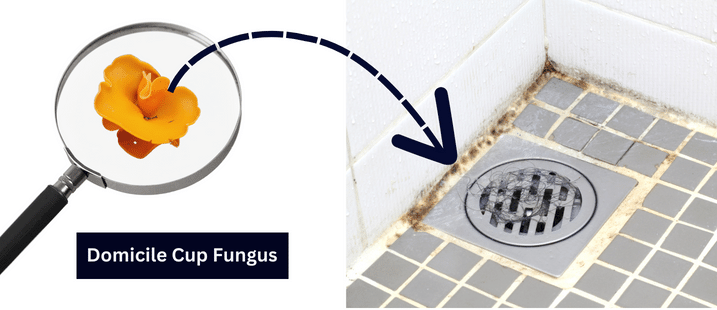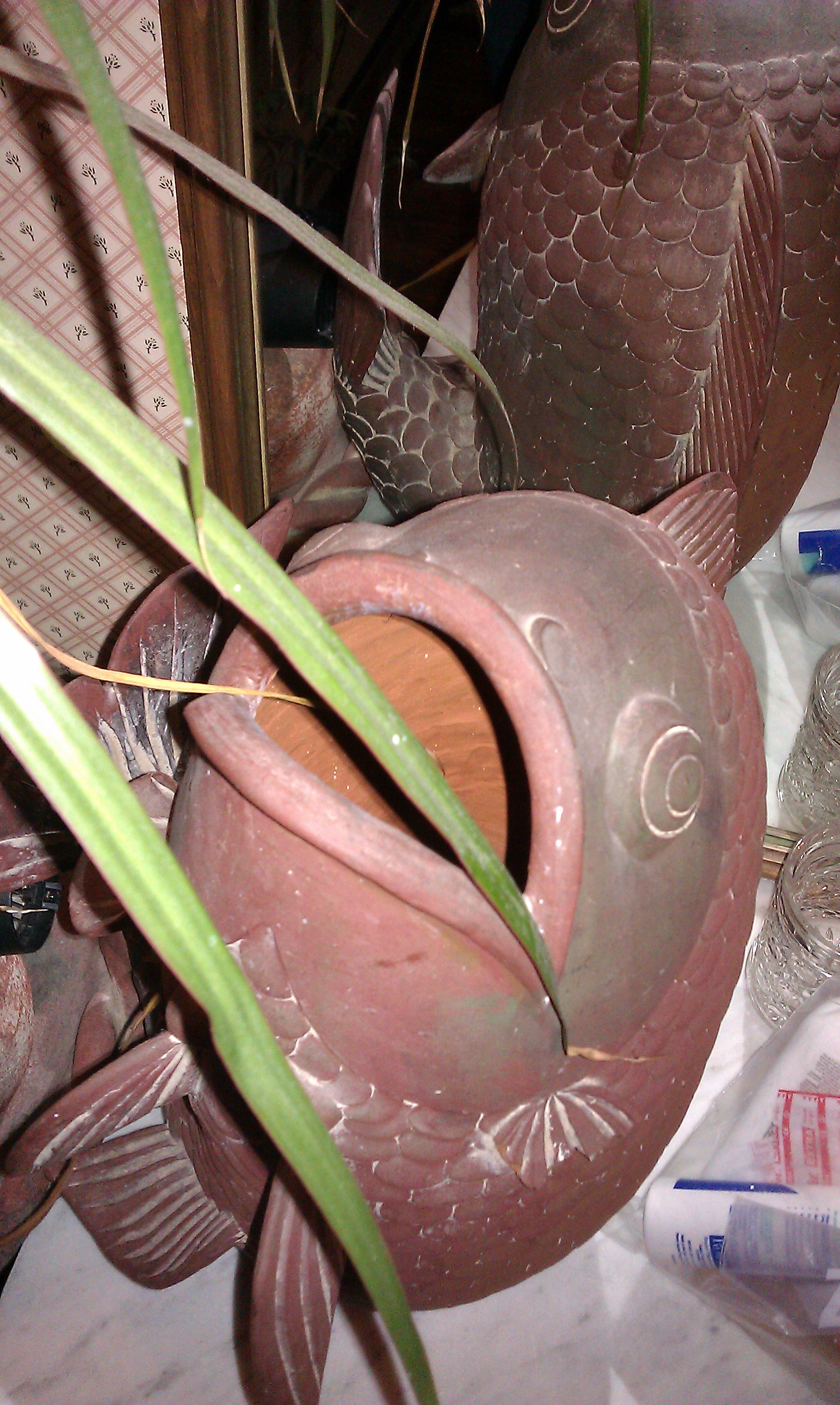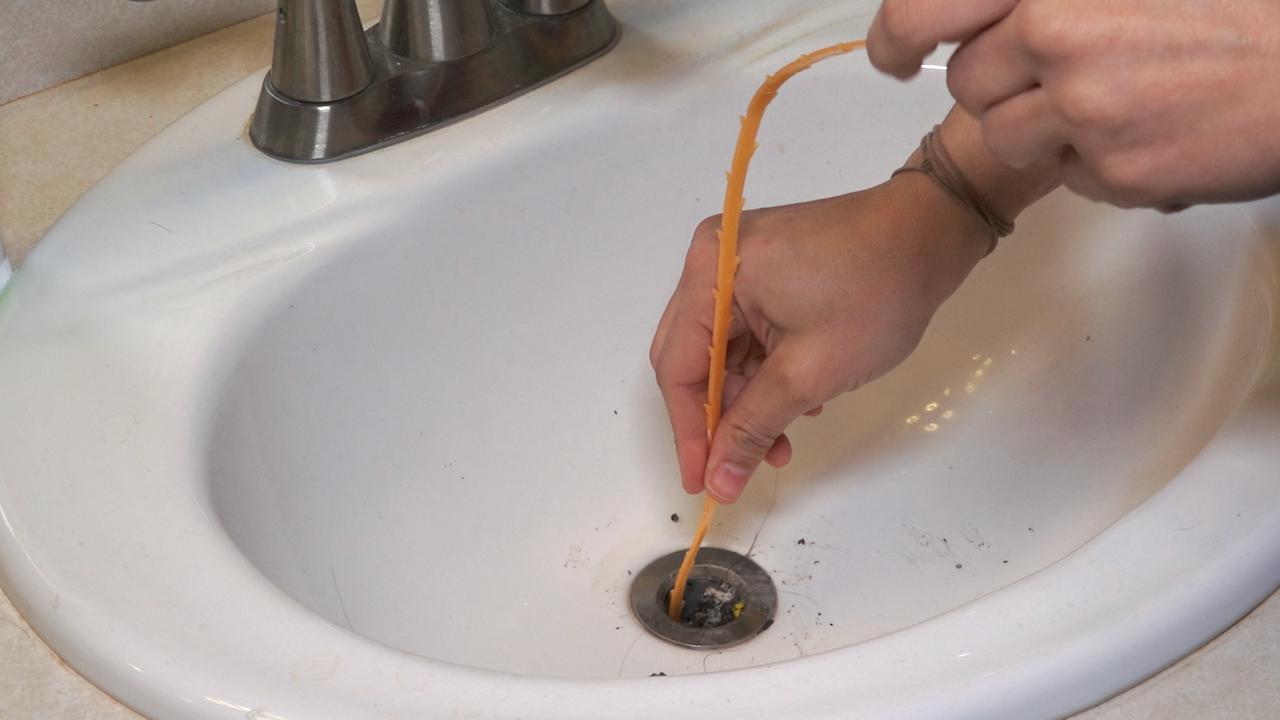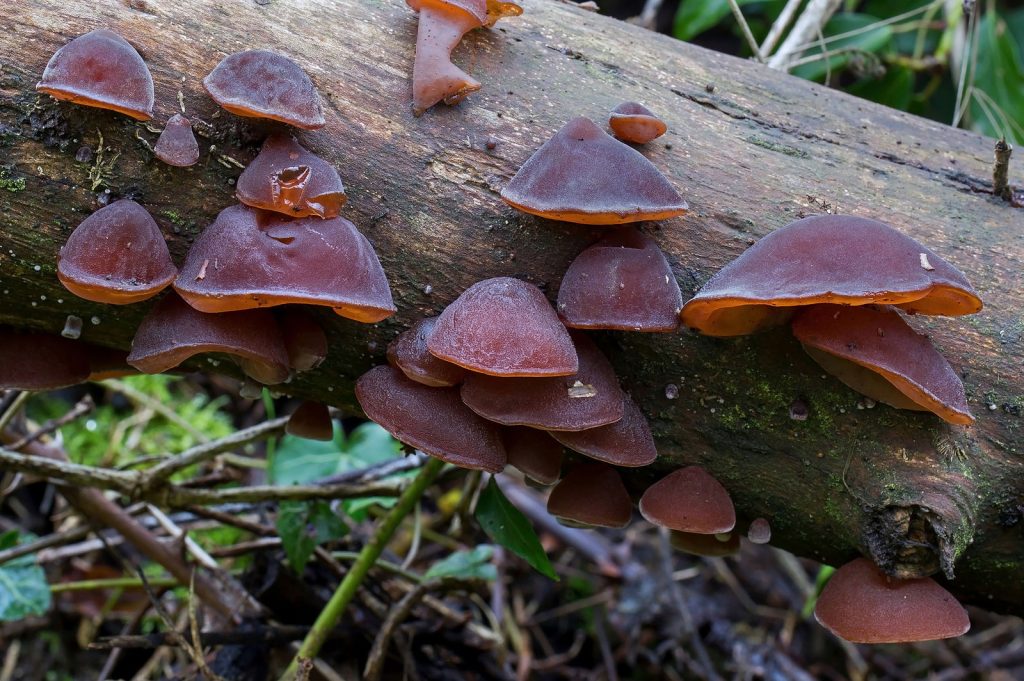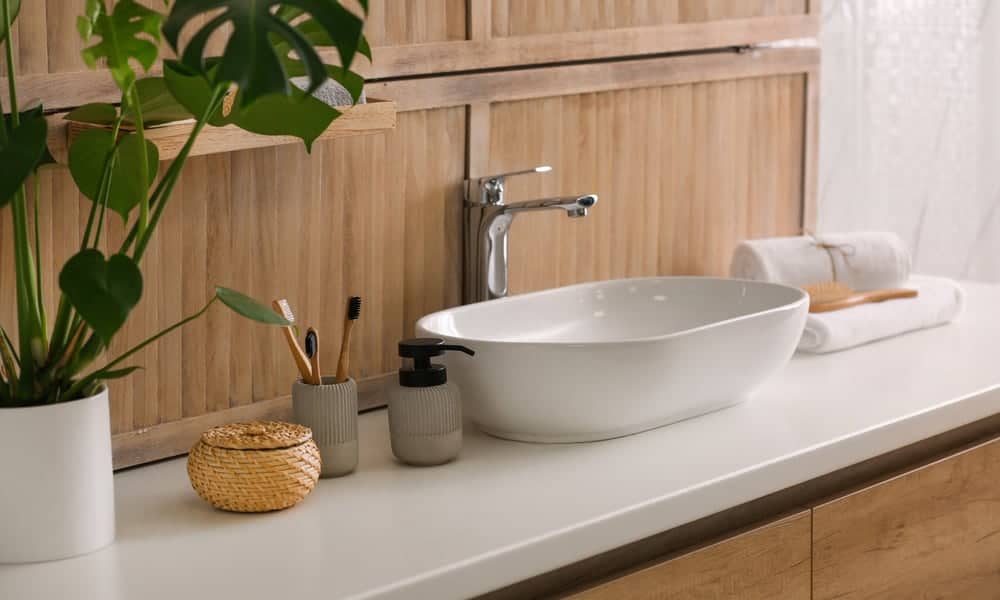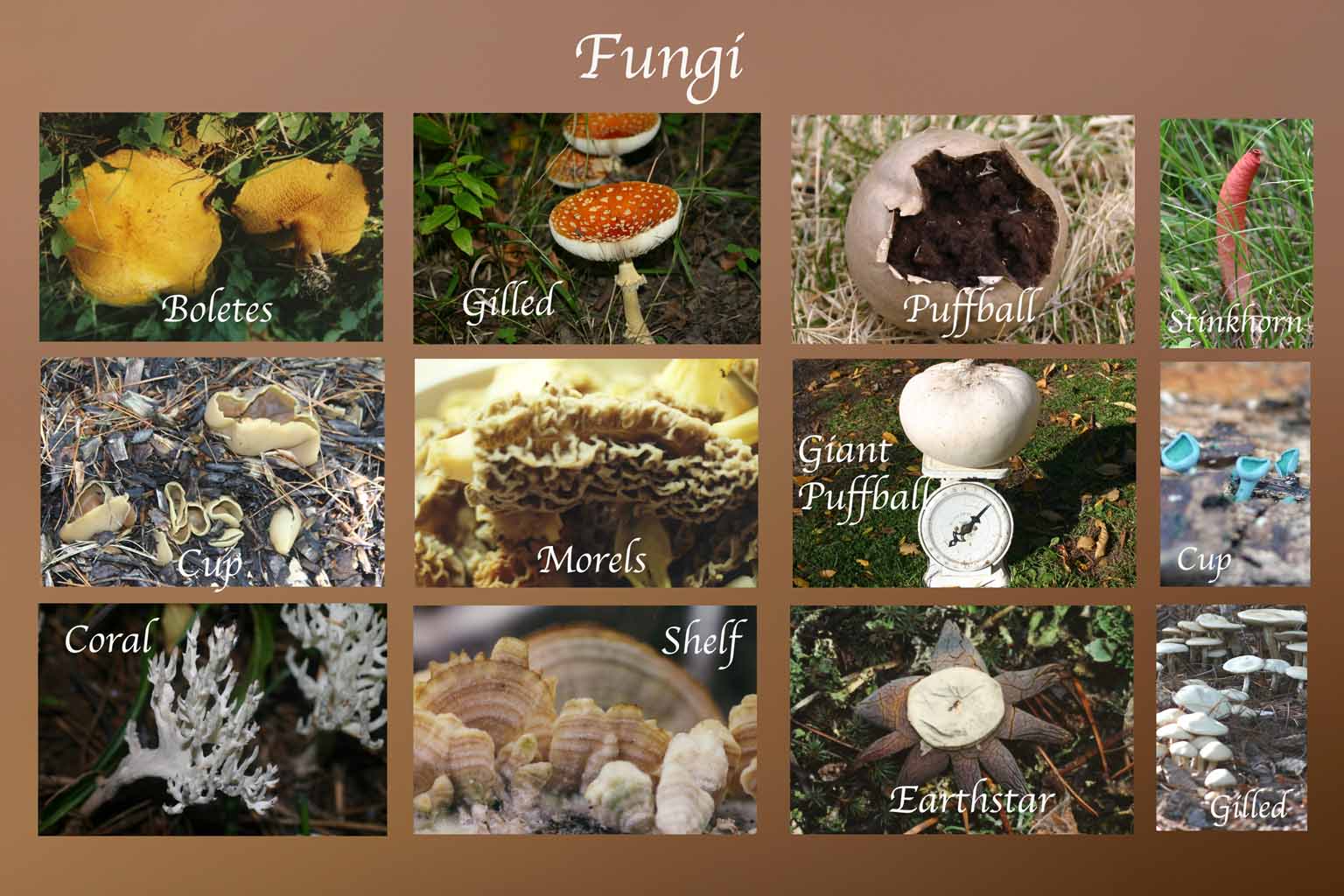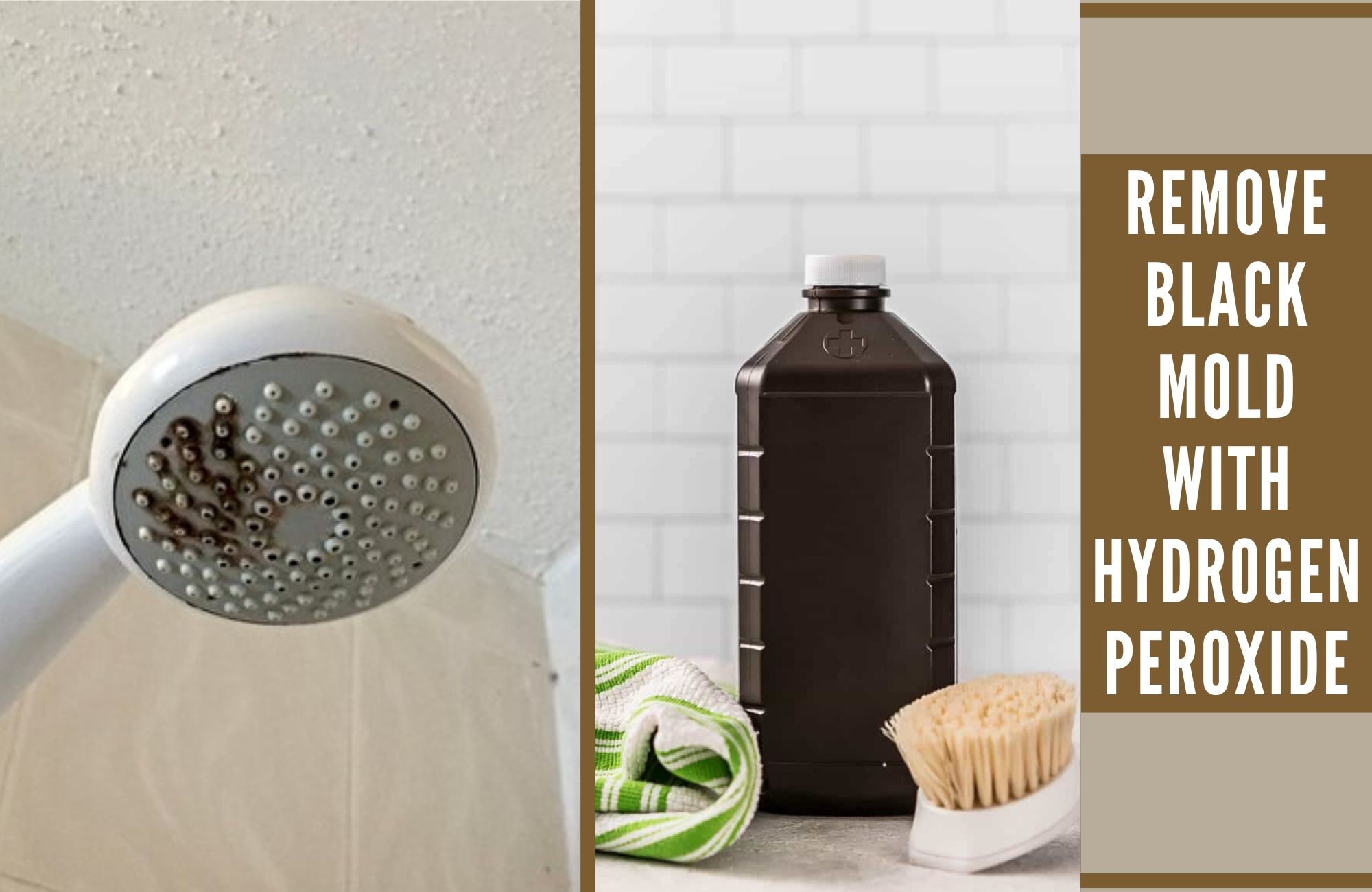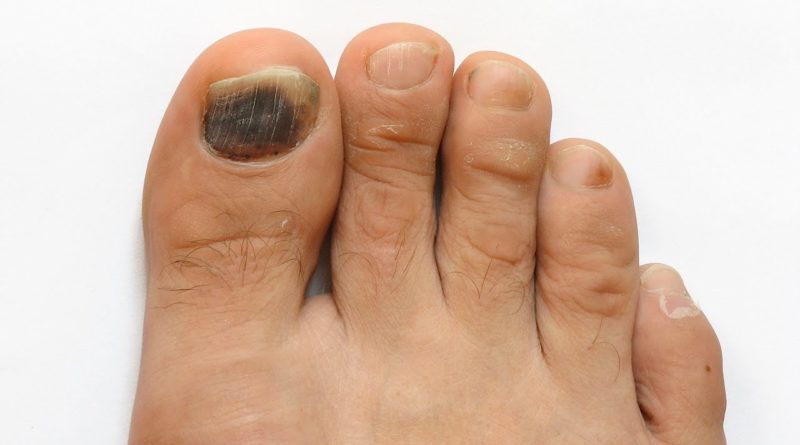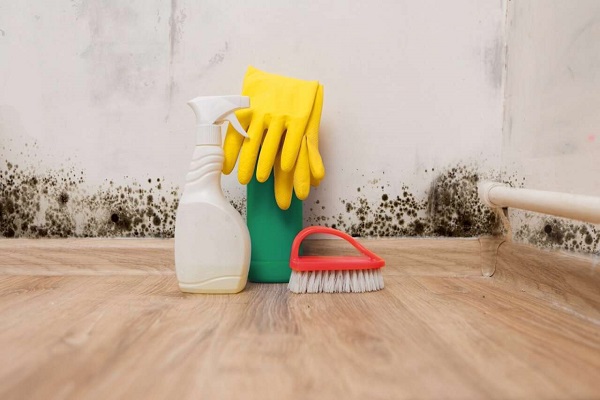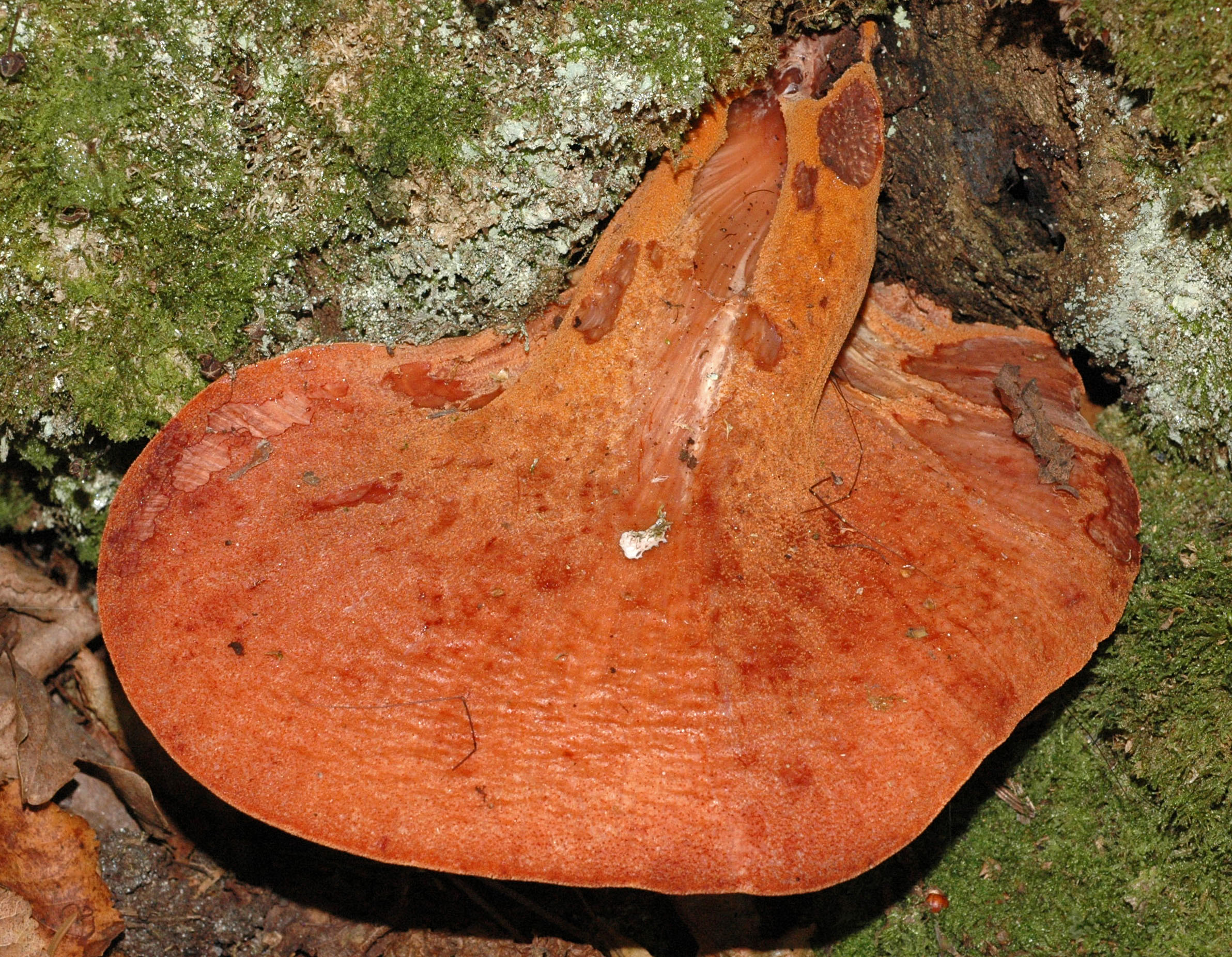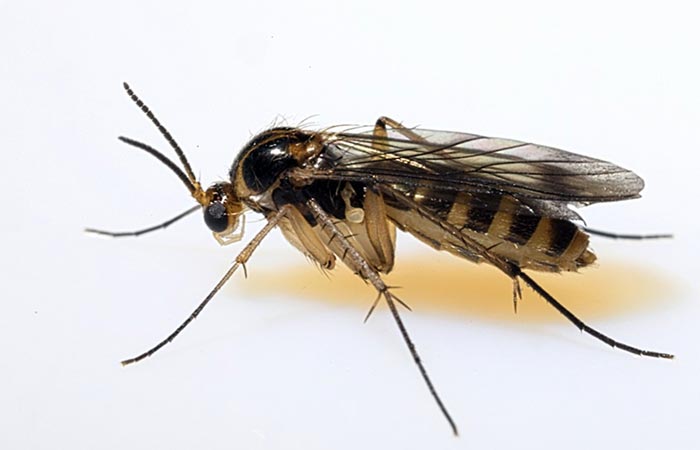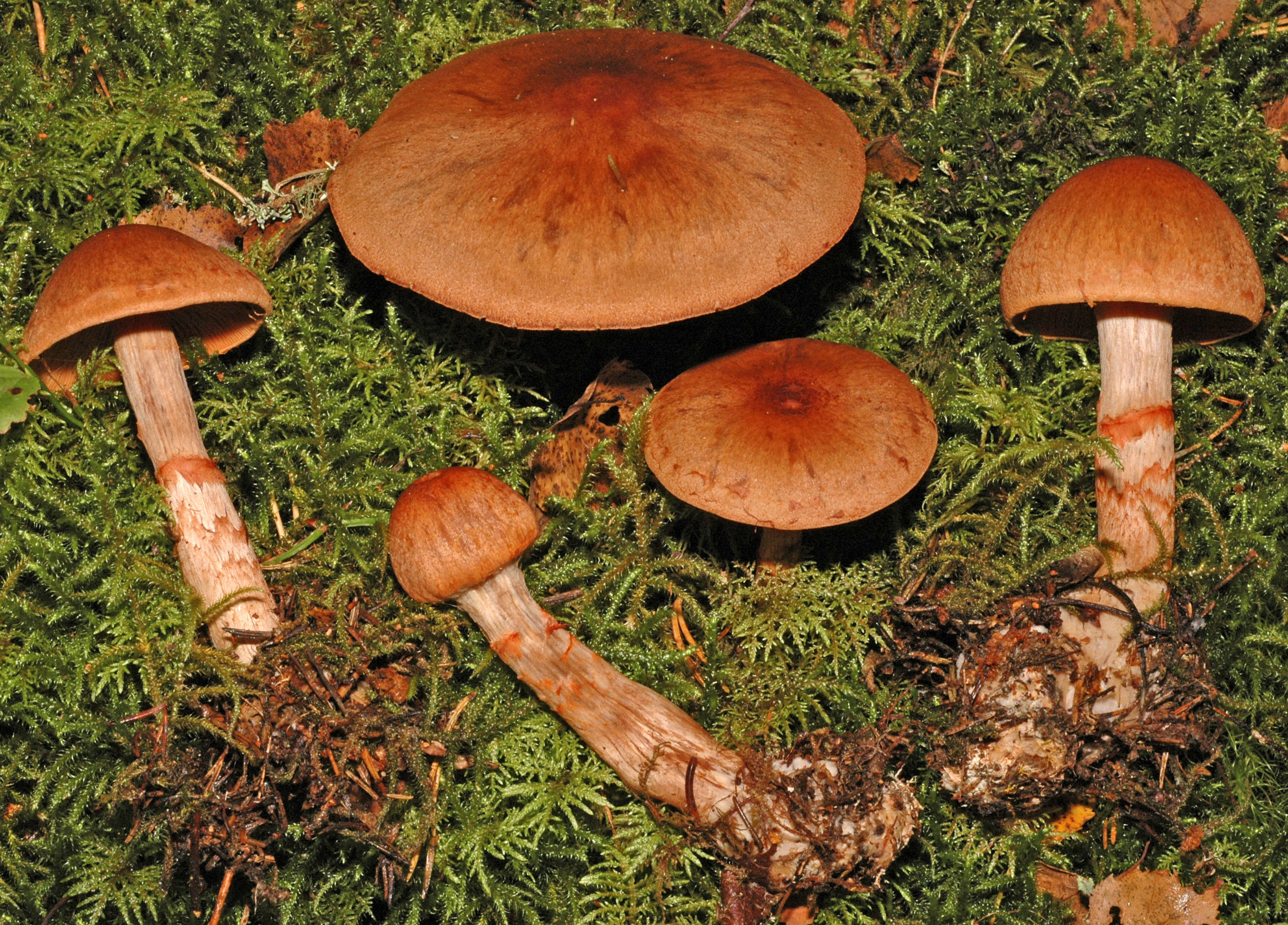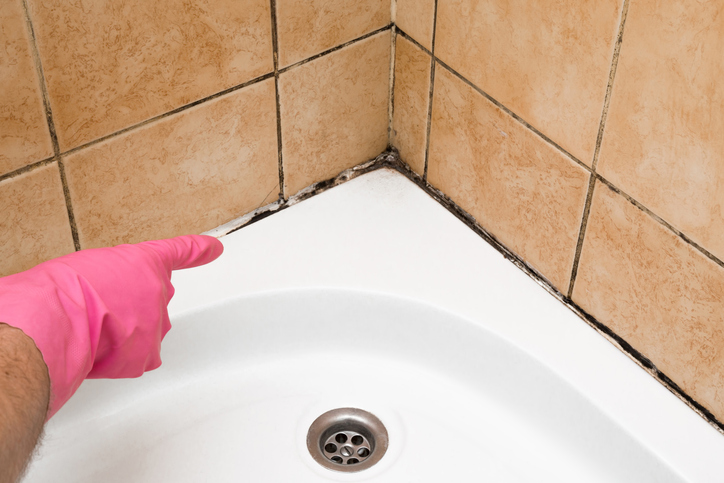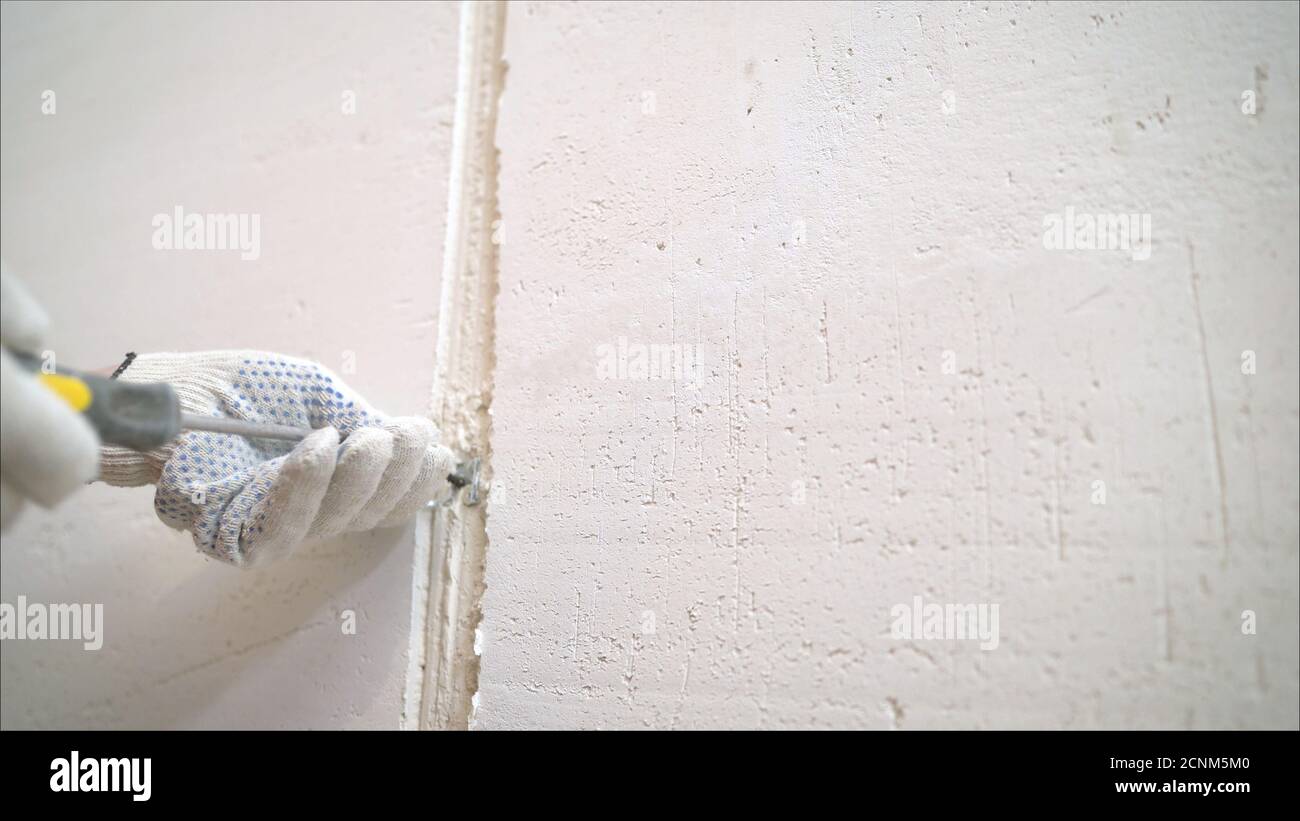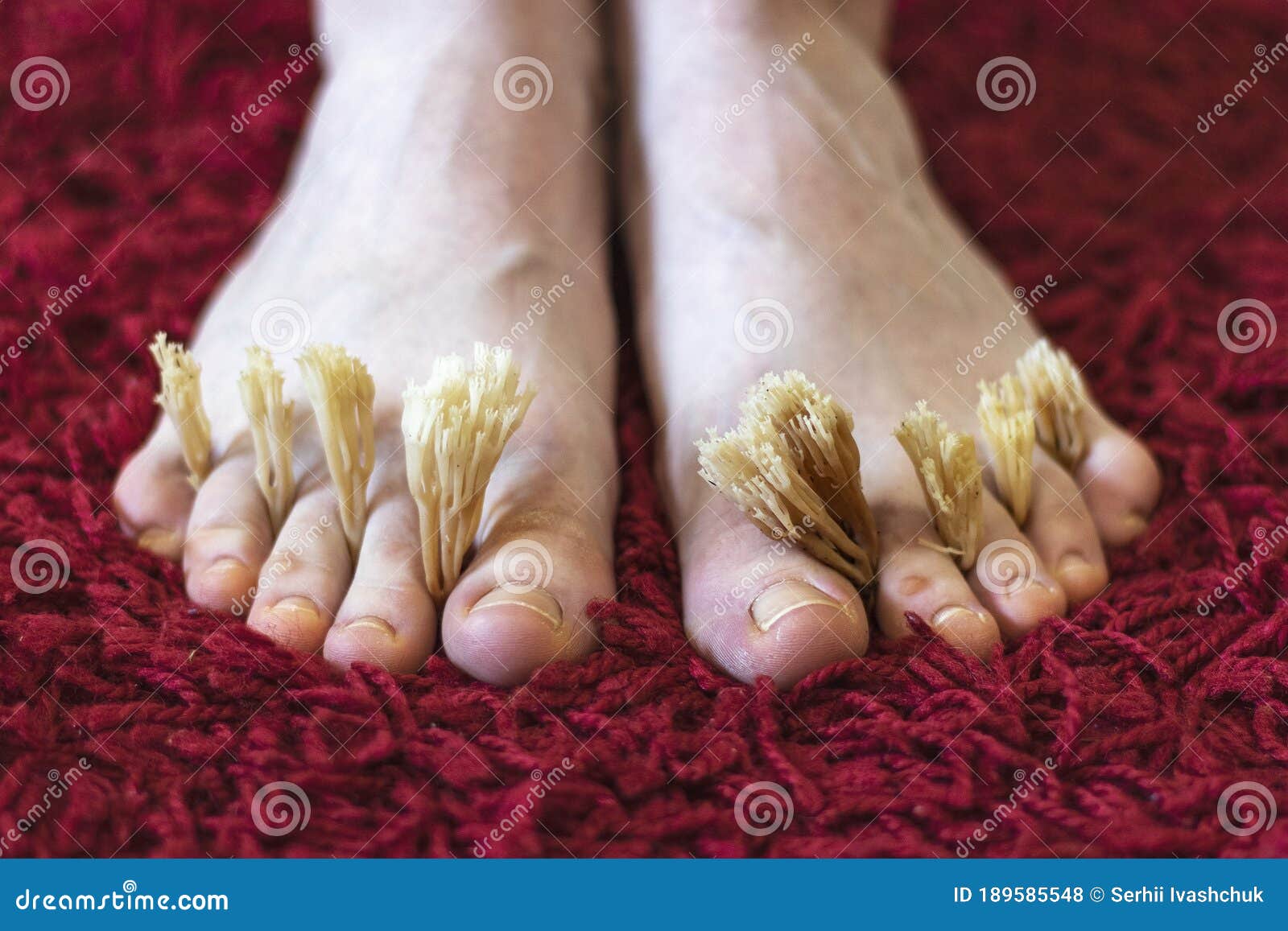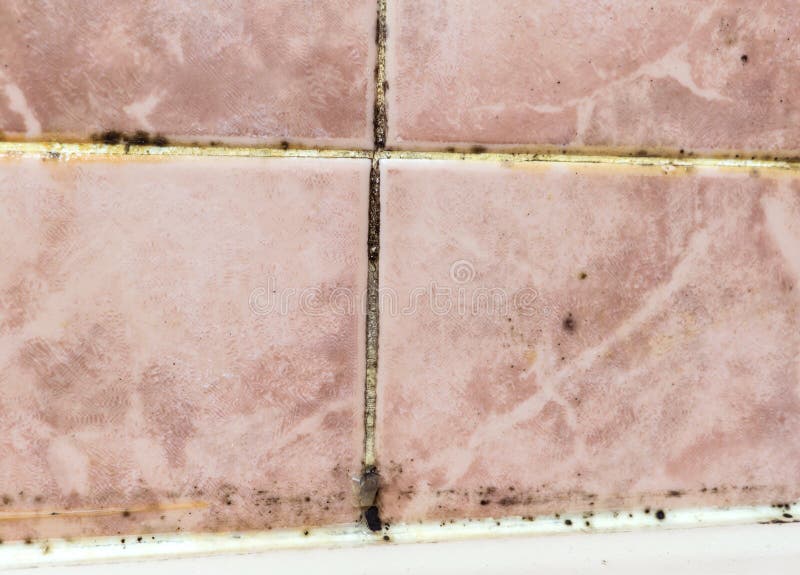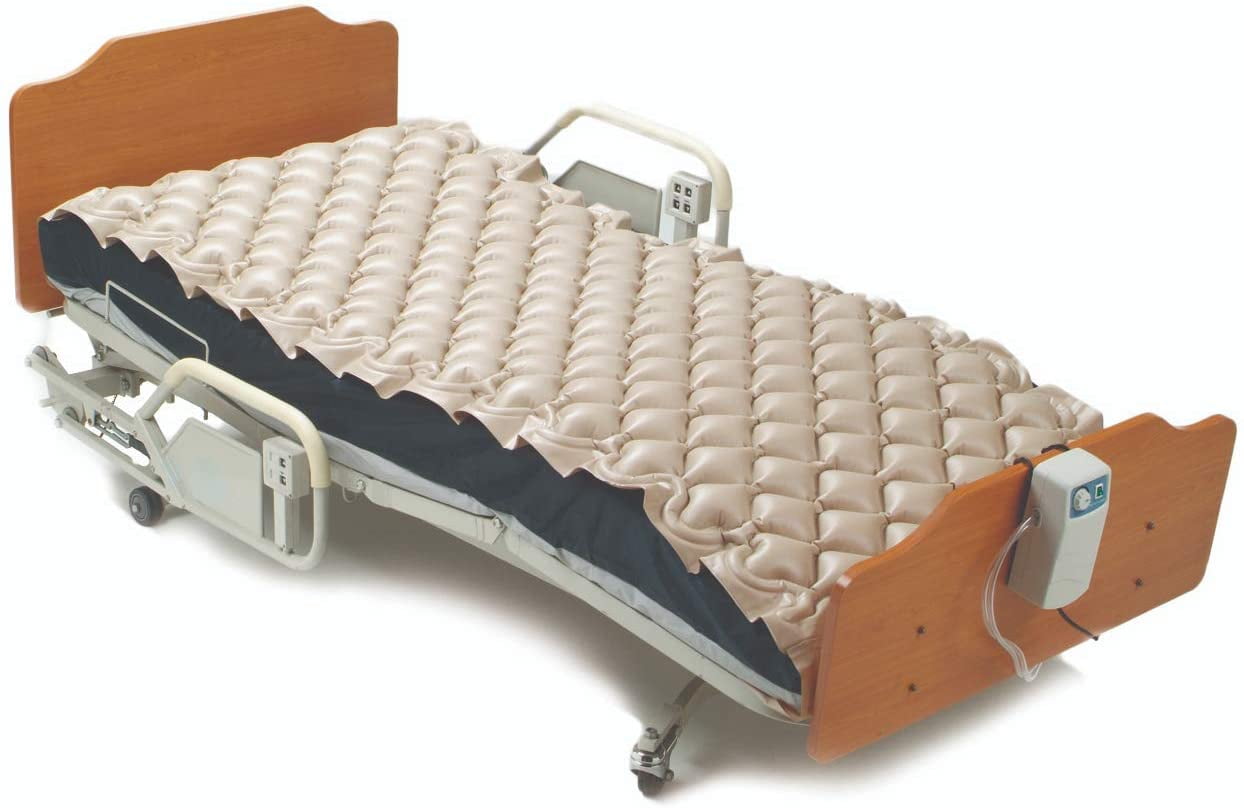If you've noticed a strange growth in your bathroom sink, chances are it's fungus. This pesky organism can easily take hold in damp and warm environments, making your bathroom sink an ideal breeding ground. But what exactly causes fungus to grow in bathroom sinks and how can you get rid of it? Read on to find out the top 10 causes and solutions for fungus in bathroom sinks.Fungus in Bathroom Sink: 10 Possible Causes and How to Get Rid of Them
When it comes to cleaning fungus in your bathroom sink, prevention is key. However, if you do find yourself faced with an infestation, there are several steps you can take to effectively clean and remove the fungus. Start by mixing a solution of one part water and one part white vinegar, and use a sponge or cloth to scrub the affected area. For tougher stains, you can also use a mixture of baking soda and water. Rinse thoroughly with warm water and dry the area completely.How to Clean Fungus in the Bathroom Sink
There are several types of fungus that commonly grow in bathroom sinks, including mold, mildew, and yeast. Mold is typically black or green in color and has a fuzzy appearance. Mildew is a white or gray powdery substance, often found on damp surfaces. Yeast is a type of fungus that can cause unpleasant odors in your bathroom sink.Common Types of Fungus Found in Bathroom Sinks
For those who prefer natural solutions, there are several options for removing fungus in bathroom sinks. As mentioned, white vinegar and baking soda can be effective for cleaning. You can also try using tea tree oil, which has natural antifungal properties. Simply mix a few drops of tea tree oil with water and use a cloth to wipe down the affected area.Natural Remedies for Removing Fungus in Bathroom Sinks
The best way to deal with fungus in your bathroom sink is to prevent it from growing in the first place. This can be done by regularly cleaning your sink with a mild detergent or using the natural remedies mentioned above. Additionally, make sure to keep your bathroom well-ventilated and dry, as fungus thrives in warm and damp environments.Preventing Fungus Growth in Bathroom Sinks
Fungus in bathroom sinks can present itself in various ways, but some common signs to look out for include discoloration, foul odors, and a slimy or fuzzy texture. You may also notice an increase in water stains or a buildup of gunk in your sink. If you see any of these signs, it's likely that you have a fungus problem in your bathroom sink.Signs of Fungus in Bathroom Sinks and How to Identify Them
Aside from the natural remedies mentioned earlier, there are other DIY solutions you can try for removing fungus in your bathroom sink. For example, you can make a paste using equal parts hydrogen peroxide and baking soda and apply it to the affected area. Let it sit for a few minutes before scrubbing and rinsing with warm water.DIY Solutions for Removing Fungus in Bathroom Sinks
If your bathroom sink is heavily infested with fungus, it may be necessary to seek professional help. There are many cleaning companies that specialize in removing fungus and other types of mold and mildew. They may use specialized equipment and cleaning solutions to effectively and safely remove the fungus from your sink.Professional Services for Fungus Removal in Bathroom Sinks
Prevention is key when it comes to keeping your bathroom sink free from fungus. In addition to regular cleaning and ventilation, make sure to fix any leaks or plumbing issues that may contribute to dampness in your sink. You can also try using a dehumidifier in your bathroom to reduce excess moisture.How to Keep Your Bathroom Sink Fungus-Free
There are a few common mistakes that can inadvertently lead to fungus growth in your bathroom sink. For example, leaving wet towels or sponges in the sink can create a breeding ground for fungus. Neglecting to regularly clean and dry your sink can also contribute to the growth of fungus. By avoiding these mistakes, you can significantly reduce the risk of fungus in your bathroom sink.Common Mistakes That Can Lead to Fungus Growth in Bathroom Sinks
The Dangers of Fungus in Your Bathroom Sink

Why Fungus is a Common Problem in Bathroom Sinks
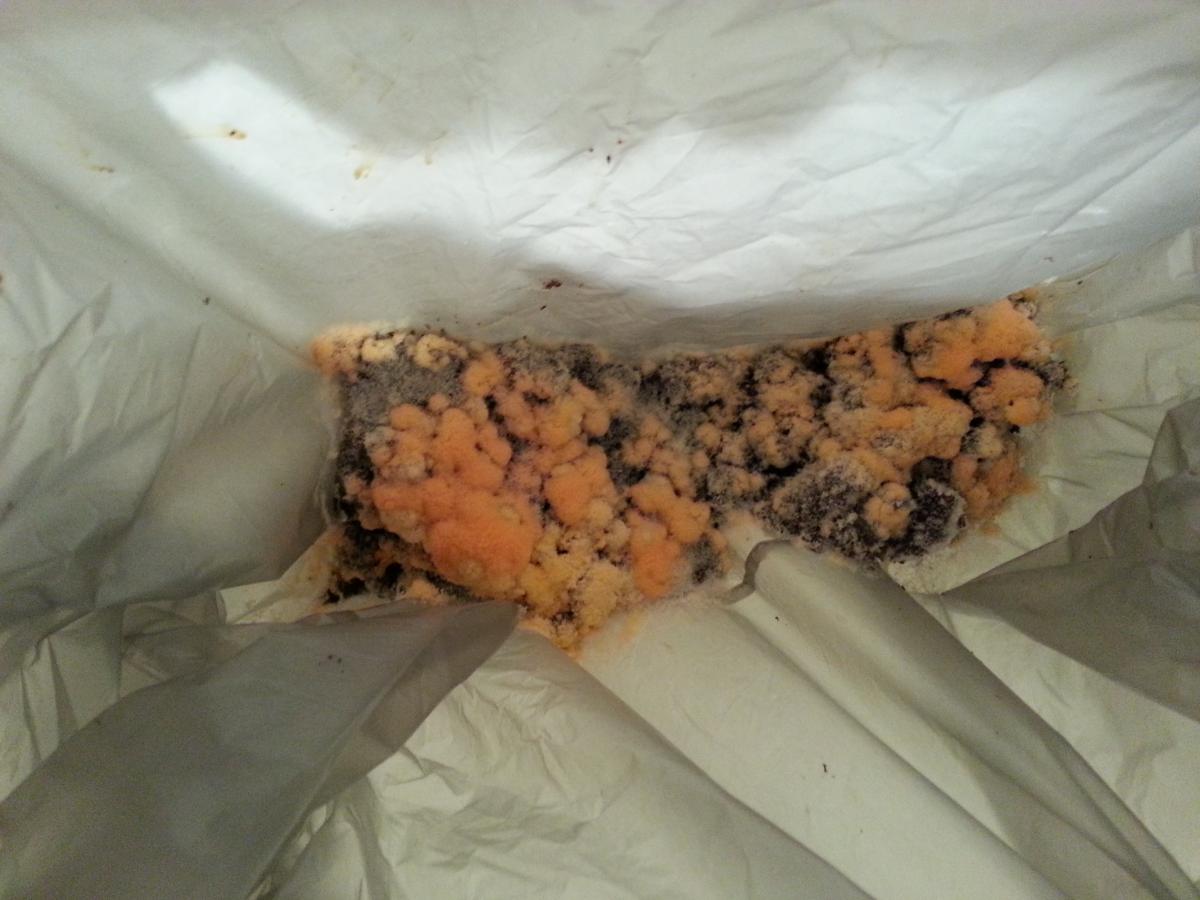 Fungus is a type of microorganism that thrives in warm and moist environments, making your bathroom sink the perfect breeding ground. The combination of water and soap residue creates an ideal environment for fungus to grow, especially in hard-to-reach areas like the edges of your sink and around the drain. This is a common problem in many households, and if left unchecked, it can cause serious health hazards.
Fungus is a type of microorganism that thrives in warm and moist environments, making your bathroom sink the perfect breeding ground. The combination of water and soap residue creates an ideal environment for fungus to grow, especially in hard-to-reach areas like the edges of your sink and around the drain. This is a common problem in many households, and if left unchecked, it can cause serious health hazards.
The Health Risks of Fungus in Your Bathroom Sink
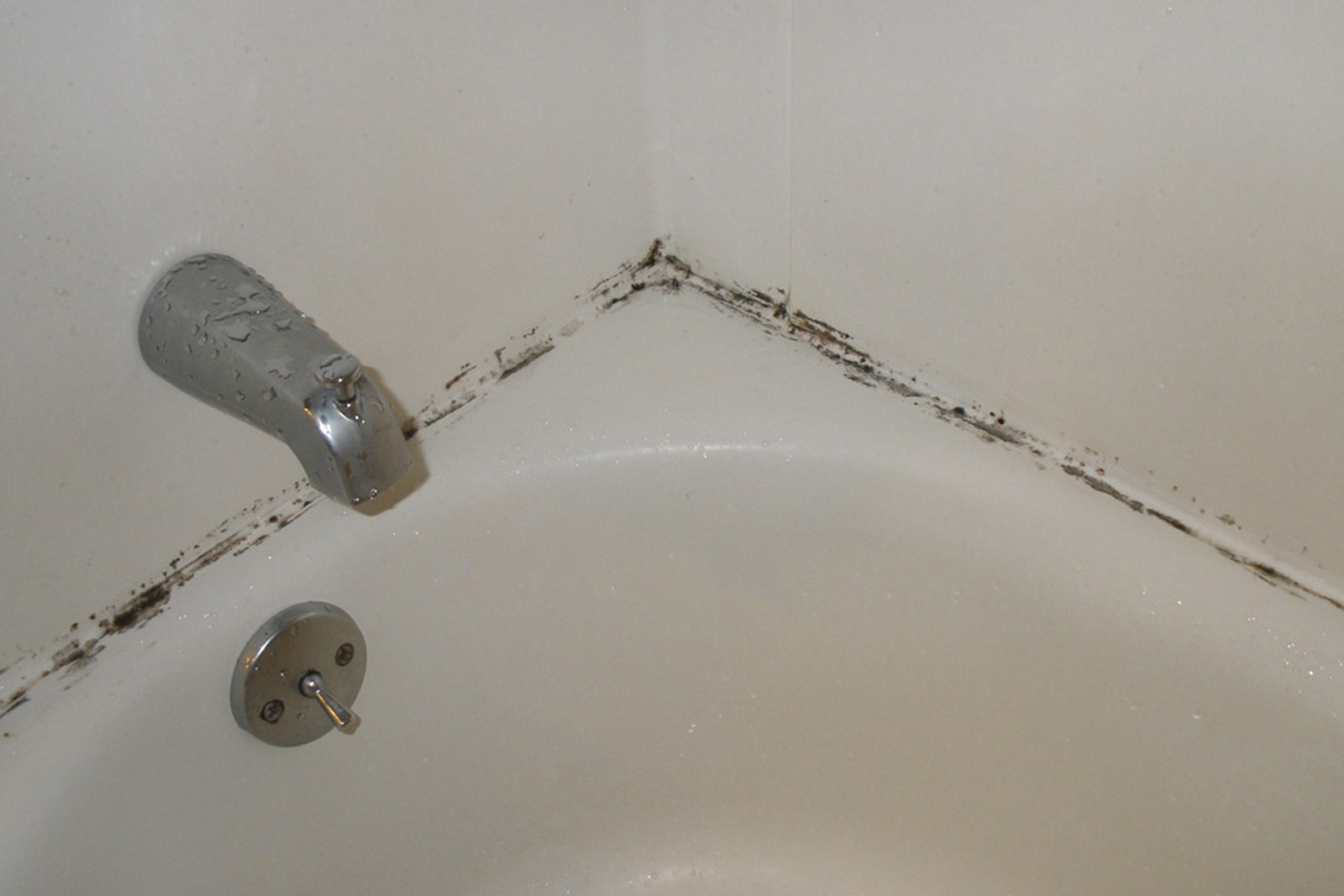 Fungus in your bathroom sink can pose serious health risks to you and your family. The most common type of fungus found in sinks is black mold, which can release harmful spores into the air. These spores can cause respiratory problems, allergies, and even infection if inhaled. In addition, fungus can also contaminate the water that comes out of your sink, making it unsafe for use.
Fungus in your bathroom sink can pose serious health risks to you and your family. The most common type of fungus found in sinks is black mold, which can release harmful spores into the air. These spores can cause respiratory problems, allergies, and even infection if inhaled. In addition, fungus can also contaminate the water that comes out of your sink, making it unsafe for use.
How to Identify and Get Rid of Fungus in Your Bathroom Sink
 If you notice a musty odor, dark discoloration, or slimy buildup in your bathroom sink, chances are you have a fungus problem. To get rid of it, you can start by cleaning your sink regularly with a mixture of water and bleach. Make sure to wear protective gear like gloves and a mask to avoid inhaling the spores. Additionally, consider using a mold-resistant caulk around the edges of your sink to prevent future growth.
If you notice a musty odor, dark discoloration, or slimy buildup in your bathroom sink, chances are you have a fungus problem. To get rid of it, you can start by cleaning your sink regularly with a mixture of water and bleach. Make sure to wear protective gear like gloves and a mask to avoid inhaling the spores. Additionally, consider using a mold-resistant caulk around the edges of your sink to prevent future growth.
Preventing Fungus Growth in Your Bathroom Sink
 Prevention is always better than cure, and this holds true for fungus in your bathroom sink as well. To prevent fungus growth, make sure to wipe down your sink after each use and keep it dry. Fix any leaks or plumbing issues that may be causing excess moisture in your sink. You can also use a natural cleaner like vinegar or tea tree oil to regularly clean your sink and keep it free from fungus.
In conclusion, fungus in your bathroom sink is not just a cosmetic issue but a serious health hazard. By understanding the risks and taking preventive measures, you can keep your sink fungus-free and ensure the safety of your family. So, make sure to pay attention to your bathroom sink and keep it clean and dry to avoid any potential dangers.
Prevention is always better than cure, and this holds true for fungus in your bathroom sink as well. To prevent fungus growth, make sure to wipe down your sink after each use and keep it dry. Fix any leaks or plumbing issues that may be causing excess moisture in your sink. You can also use a natural cleaner like vinegar or tea tree oil to regularly clean your sink and keep it free from fungus.
In conclusion, fungus in your bathroom sink is not just a cosmetic issue but a serious health hazard. By understanding the risks and taking preventive measures, you can keep your sink fungus-free and ensure the safety of your family. So, make sure to pay attention to your bathroom sink and keep it clean and dry to avoid any potential dangers.
